Human anatomy is a fascinating and complex subject, but it’s often misunderstood. Many common misconceptions persist, leading to confusion and myths about how our bodies work. In this article, we’ll debunk some of the most widespread misunderstandings about human anatomy, shedding light on the truths behind these myths.
Humans Only Use 10% of Their Brain
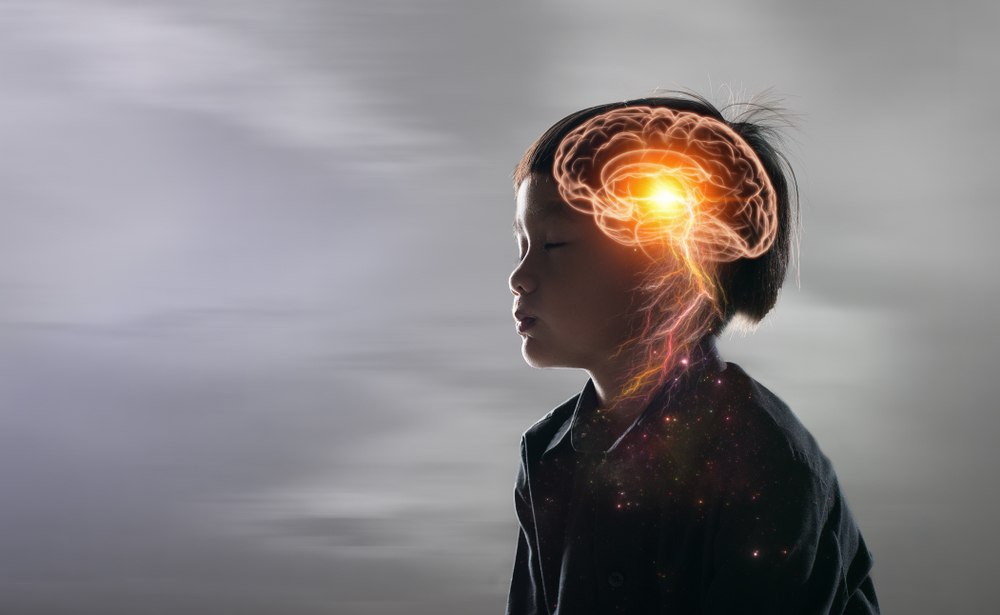
This popular myth suggests that 90% of our brain’s potential is untapped. However, neuroimaging studies show that virtually all parts of the brain have some function. Even simple tasks require multiple brain areas to work together, indicating that we use far more than just 10%.
Hair and Nails Continue to Grow After Death
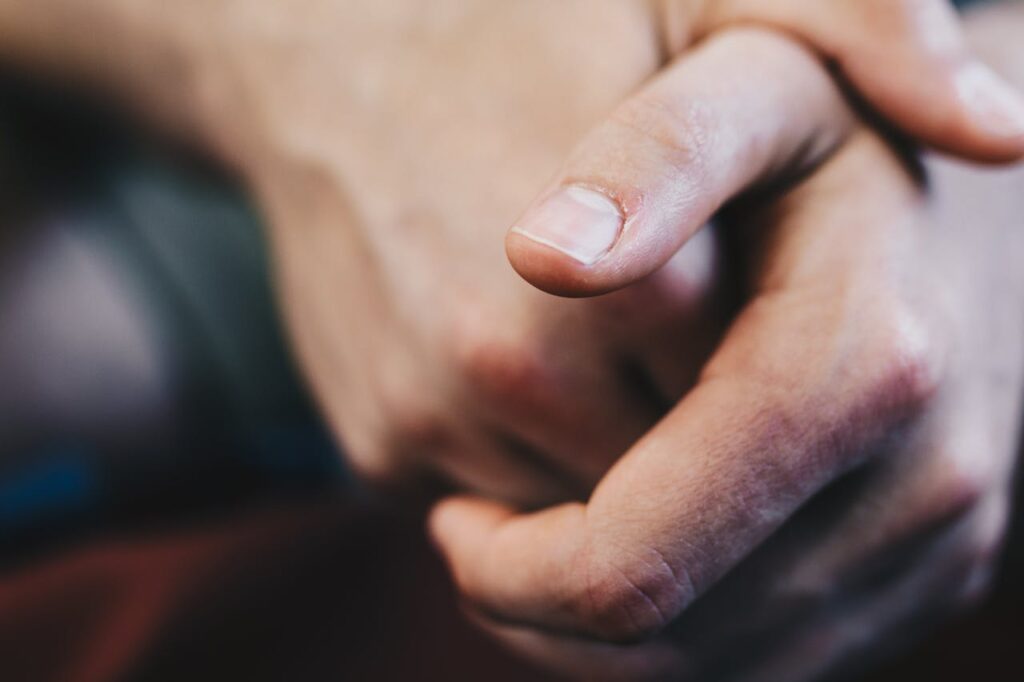
This misconception arises because the skin retracts as it dehydrates, making hair and nails appear longer. In reality, hair and nail growth cease almost immediately after death as the body’s cellular processes stop.
You Can Catch a Cold from Being Cold

While cold weather can stress the body and may indirectly contribute to susceptibility, colds are caused by viruses. Spending time in cold weather doesn’t directly cause colds; rather, increased indoor crowding during winter months facilitates viral spread.
Blood is Blue in Your Veins

Blood is always red due to the presence of hemoglobin. Veins appear blue because of how light penetrates the skin and is absorbed and reflected by the tissues and blood within them. Oxygen-rich blood is bright red, while oxygen-poor blood is darker red.
Eating Carrots Improves Night Vision

Carrots are rich in vitamin A, which is essential for good vision, but eating an excess of them won’t give you superhuman sight. The myth originated during World War II as part of British propaganda to explain radar technology without revealing military secrets.
Humans Have Five Senses

Besides the well-known five senses (sight, hearing, taste, touch, and smell), humans have several other senses, including balance (vestibular sense), temperature (thermoception), and body position (proprioception), among others.
Swallowed Gum Stays in Your Stomach for Seven Years

Gum is mostly indigestible, but it doesn’t linger in your stomach. It moves through the digestive system relatively intact and is excreted in a few days, similar to other indigestible substances.
Cracking Knuckles Causes Arthritis
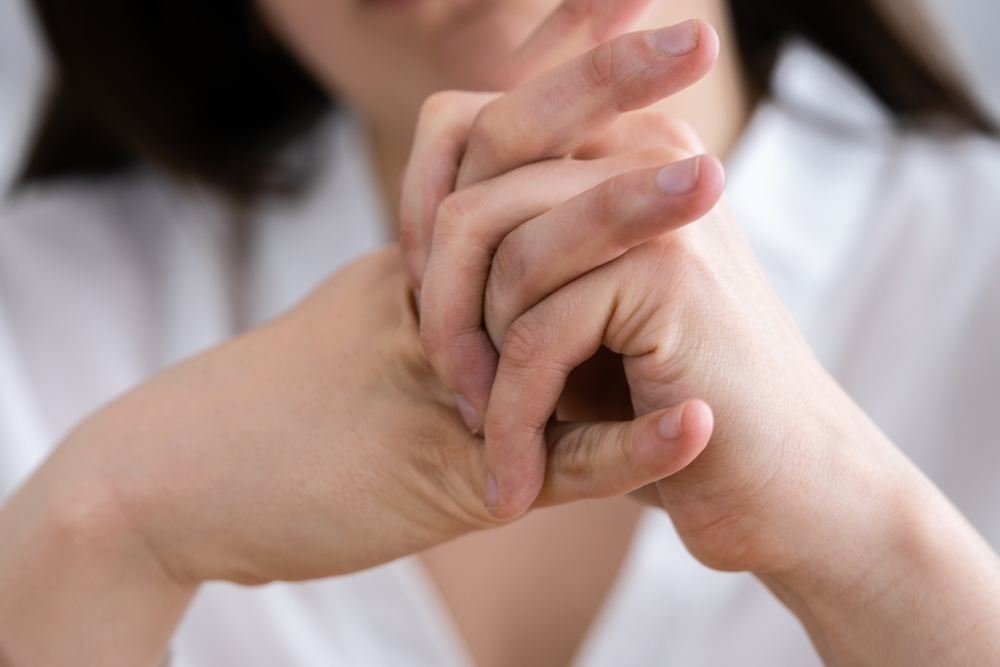
Studies have shown no direct link between knuckle cracking and arthritis. The sound is produced by the release of gas bubbles in the synovial fluid of the joints, and while it might cause temporary discomfort, it doesn’t lead to arthritis.
Shaving Makes Hair Grow Back Thicker

Shaving hair gives it a blunt tip, making it feel coarser or appear darker as it grows out. However, shaving does not change the thickness, color, or growth rate of hair, which are determined by genetics and hormones.
You Lose Most Body Heat Through Your Head

Heat loss occurs from any exposed part of the body. The myth may stem from studies in cold environments where subjects wore clothing but left their heads uncovered. In such scenarios, the uncovered head would lose more heat relatively.
Alcohol Kills Brain Cells

Moderate alcohol consumption doesn’t kill brain cells but can damage the connections between them. Chronic heavy drinking, however, can lead to brain damage and cognitive impairments due to its toxic effects on the brain and other organs.
Reading in Dim Light Damages Your Eyes

Reading in low light can cause eye strain and discomfort but doesn’t cause permanent damage. Proper lighting helps reduce strain and makes reading more comfortable, but dim light won’t harm your eyes long-term.
Humans Have 206 Bones
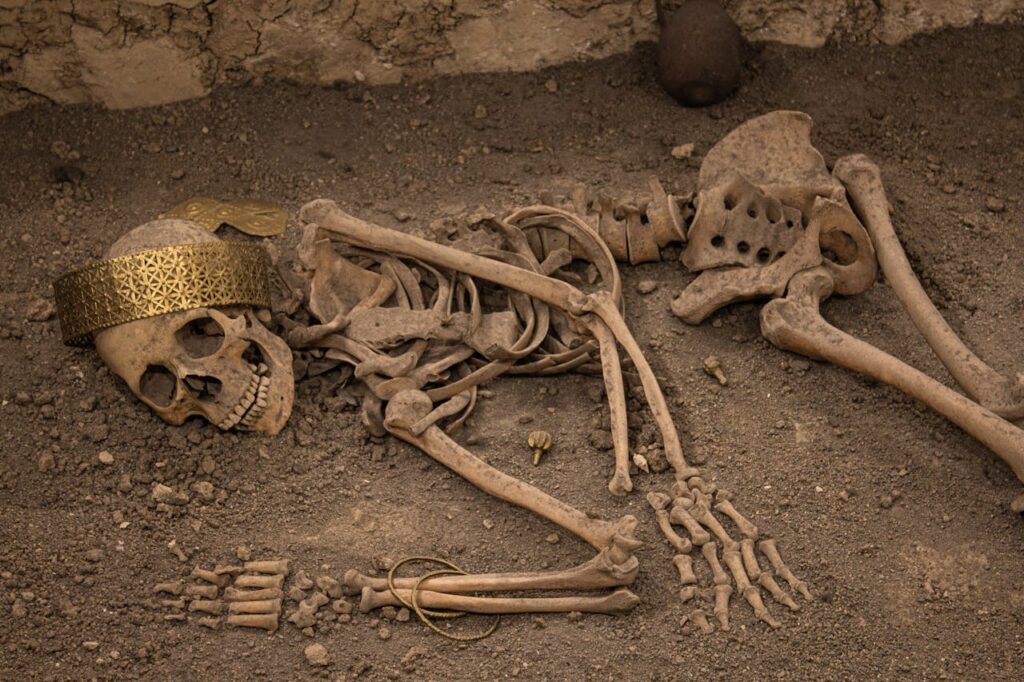
While adults have 206 bones, babies are born with around 270 bones. Many of these bones fuse together during growth and development, particularly in the skull and spine, resulting in the 206 bones found in adults.
The Tongue Has Specific Taste Zones

The idea that different parts of the tongue detect different tastes (sweet, sour, salty, bitter, umami) is incorrect. All taste buds can detect all five tastes, though some areas may be more sensitive to certain tastes than others.
We Only Have Four Blood Types
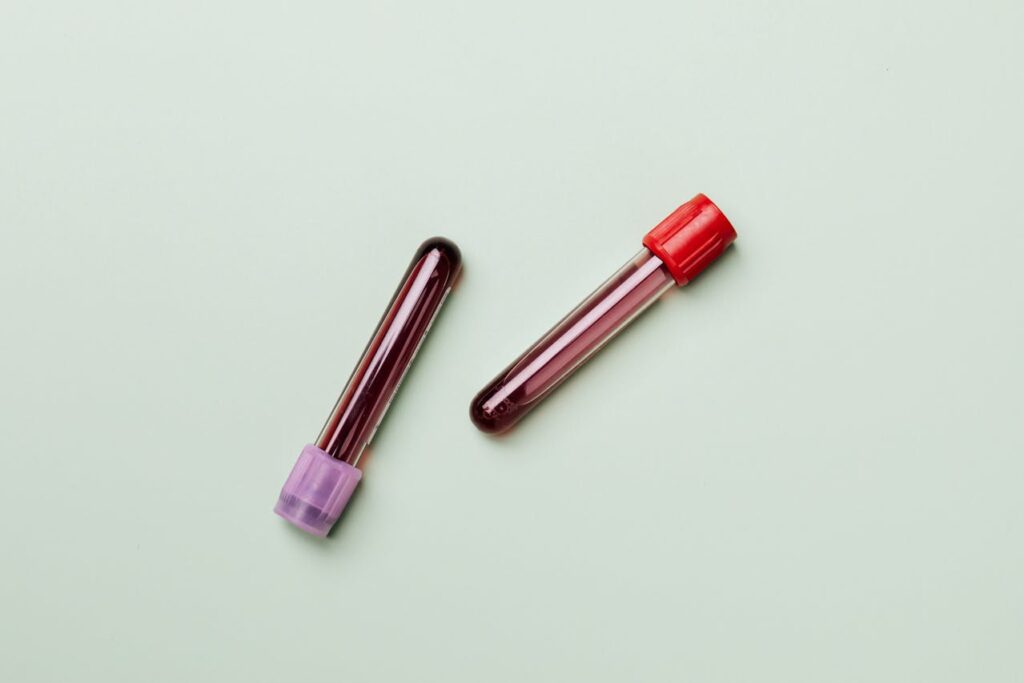
While the ABO and Rh systems are the most commonly known, there are many more blood group systems. More than 30 human blood group systems exist, which are important for transfusions, organ transplants, and pregnancy.
The Appendix Has No Function

Once thought to be vestigial, the appendix is now believed to play a role in the immune system and maintaining gut flora. It contains lymphatic tissue, which helps with the immune response, particularly in young individuals.
You Should Drink Eight Glasses of Water a Day

Water needs vary depending on factors like climate, activity level, and overall health. Hydration needs can often be met through a combination of drinking fluids and consuming water-rich foods like fruits and vegetables.
The Heart Is on the Left Side of the Body

The heart is located in the center of the chest, slightly tilted to the left. Its central position allows it to effectively pump blood throughout the body, and it is protected by the ribcage.
Humans and Dinosaurs Coexisted

Dinosaurs became extinct around 65 million years before humans appeared. Fossil evidence clearly shows a significant time gap between the last dinosaurs and the first humans.
Humans Have Different Types of Muscle Fibers for Different Functions

Human muscles contain a mix of different fiber types: slow-twitch (for endurance) and fast-twitch (for power and speed). This mix allows for a range of physical activities, from sustained low-intensity efforts to rapid, high-intensity bursts.
This article originally appeared on UnifyCosmos.
More from UnifyCosmos
20 Risks Rich People Take That Make Them Successful

This article explores some of the key risks that rich people take and how these decisions contribute to their remarkable achievements. Read more!
18 Clues You`re Dealing with a Manipulative Friend

In this article, we’ll explore 18 clues that may reveal if you’re dealing with a manipulative friend. Read more!
21 Signs of Social Isolation to Watch for If You Live Alone

This article highlights the key red flags of social isolation for those living alone, providing insight and practical advice to help identify and address these issues early. Read more!
Leave a Reply